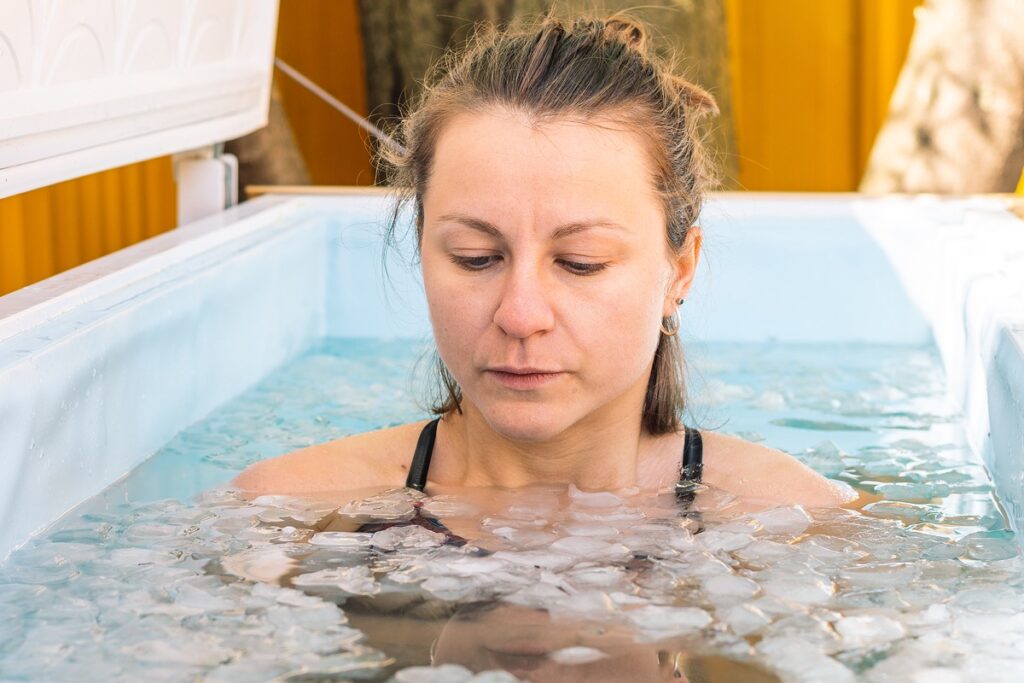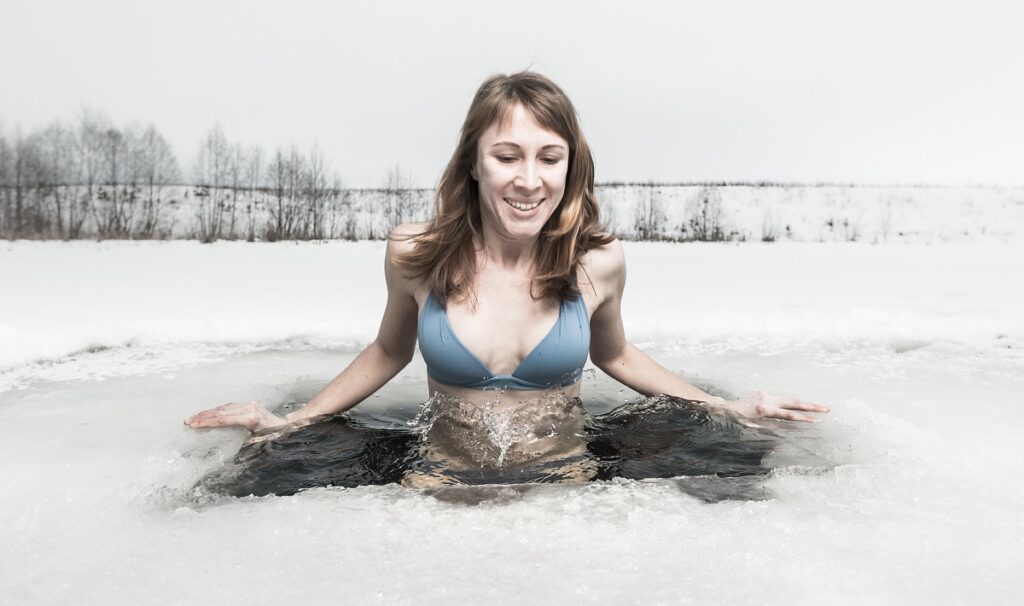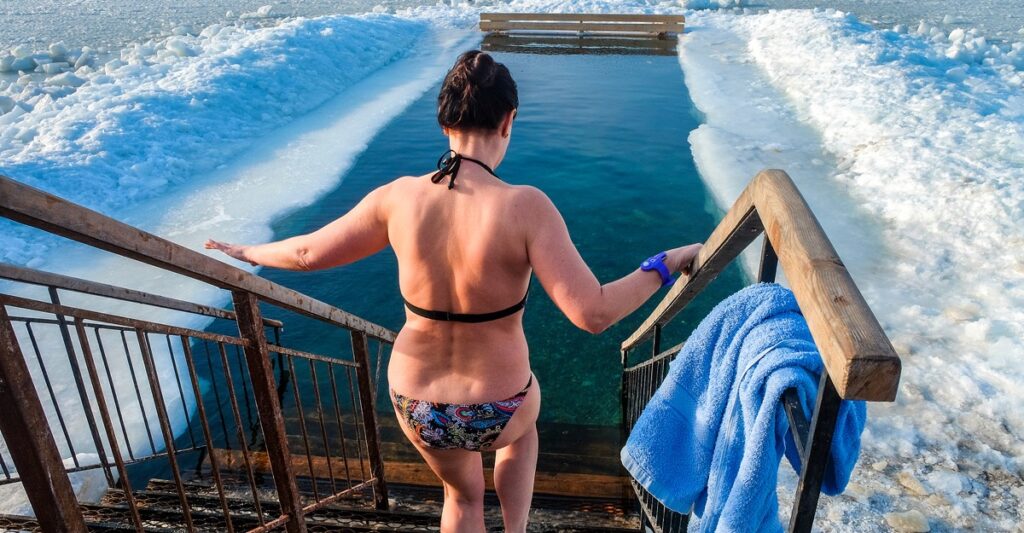A Complete Beginner’s Guide
Starting a cold plunge can be a powerful way to energize your body and mind. While it might feel intense at first, many people find that it becomes more comfortable and even enjoyable with regular practice. Here’s a complete guide to help you begin cold plunging effectively and safely.
Steps to Start Cold Plunging
Start with a Warm-Up
Before entering cold water, take a few minutes to warm up your body. Gentle stretching, brisk walking, or light exercise can increase circulation, making the cold feel less intense when you first step in.
Gradually Decrease Water Temperature
Don’t dive straight into ice-cold water. Start with lukewarm water and decrease the temperature gradually over several sessions. This slow adjustment helps your body acclimate to the cold without feeling overwhelmed.
Use Shorter Sessions
Begin with short plunges—30 seconds to 2 minutes is a good starting point. Gradually extend the duration as you become more comfortable, working up to 10-15 minutes if desired.
Focus on Breathing
Keep your breathing steady as you enter the cold water. Take slow, deep breaths to calm your body’s natural shock response. This focus will help you manage the discomfort and stay in control.
Use a Timer
Time your sessions to ensure consistency. Track your progress by gradually increasing your time in the water with each plunge, building up your tolerance.
Stay Consistent
Cold plunging gets easier with regular practice. Aim for consistency—2-3 times a week is ideal to help your body adapt and reduce discomfort. Benefits like improved circulation and mental clarity often appear with consistent exposure.
Consider Cold Showers
If a cold plunge setup isn’t available, cold showers can be a great alternative. Start by ending your warm shower with 10-30 seconds of cold water, increasing the time as you get used to it. It is not ideal as full immersion up to your neck helps your body adjust. But in absence of the ability to submerge, a shower will provide some benefit.
Additional Tips for a Successful Cold Plunge
Warm Up After
Have a strategy to warm up afterward. Keep a warm towel, blanket, or hot drink ready. Gentle movement like jumping jacks or stretching can also help regain body warmth.
Mindset Preparation
Prepare mentally before stepping into the cold. Focus on maintaining a positive mindset and set a specific goal for each plunge. Visualization techniques can reduce anxiety and keep you calm.
Track Your Progress
Maintain a cold plunge journal to document each session. Record the time, water temperature, and how you felt afterward. This can help you stay motivated and notice improvements over time.
Know Your Limits
Pay attention to your body’s signals, and don’t overextend yourself, especially when beginning. If you experience numbness, excessive shivering, or dizziness, exit the water immediately.
Safety Considerations
If you have medical conditions, consult with a healthcare professional before starting. For natural cold water environments, always assess potential dangers like currents or submerged objects.
Consider Adding Epsom Salts
In a controlled cold bath, adding Epsom salts can enhance relaxation and support muscle recovery. This step is optional but beneficial if muscle soreness is a concern.
Cold Plunge Equipment
For enthusiasts, investing in a dedicated cold plunge tub, portable ice bath, or cold shower attachment can make regular cold exposure more practical and convenient.
Use Community and Support
Consider joining a local cold plunge group or online community for encouragement and shared experiences. Participating in group plunges can be motivating and make the experience more enjoyable.
With these steps and tips, you’ll be well on your way to mastering the cold plunge, turning a potentially uncomfortable experience into a refreshing and revitalizing part of your wellness routine.


